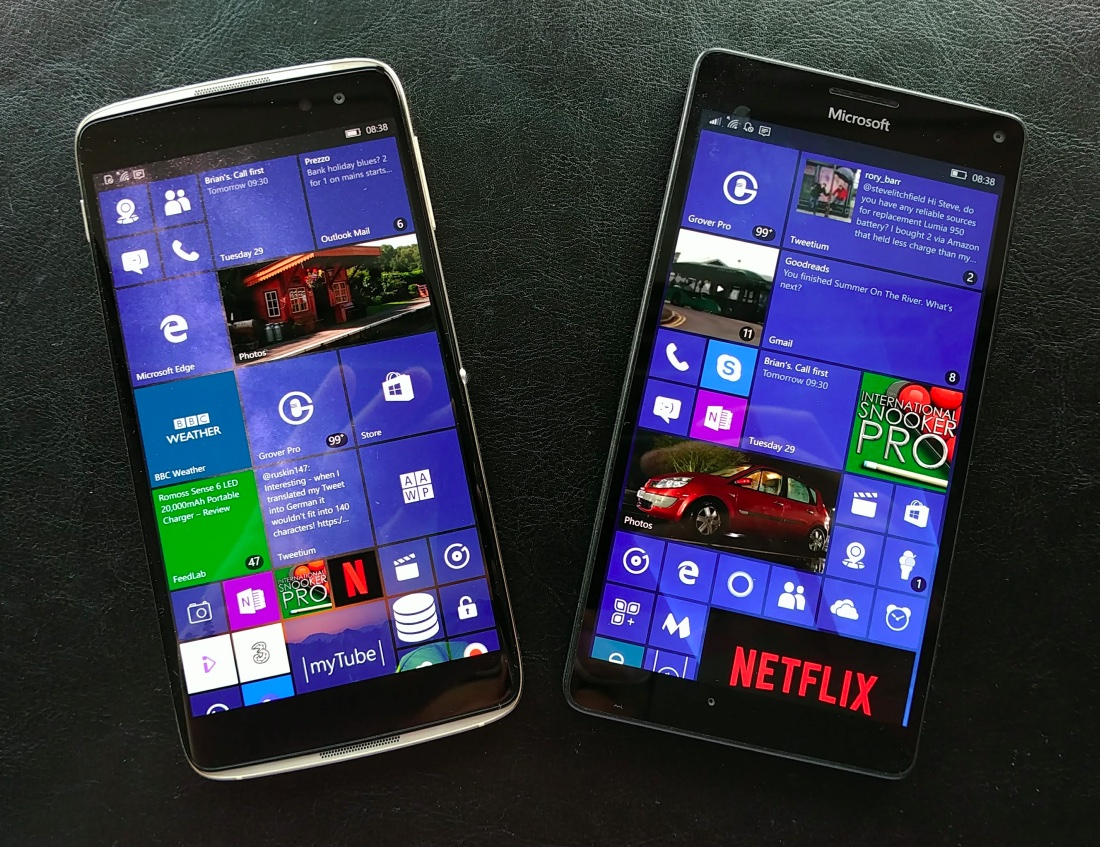From Zac Bowden's piece on Microsoft's future plans for Windows then, quoted from WC:
Earlier this week, Microsoft made mention of a new "modern OS" that it aspires to create that will power new and unique device form factors like foldable PCs, laptops, tablets, and more, in the near future. But what is Microsoft's modern OS? That's the question on everyone's mind right now. Microsoft was incredibly vague in the announcement, only detailing some of the features and capabilities it hopes to include with its modern OS. It never once mentioned Windows 10, it never showed us what it looks like, and it never told us when we can expect this modern OS to be ready...
Starting with the biggest question, Microsoft's modern OS is not Windows 10. Windows 10 today is built on decades of legacy code and backward compatibility support, much of which is unnecessary to most users' workflows in 2019. Microsoft's modern OS aims to rectify this. Known internally as Windows Core OS, this modern OS has been in the works since 2016 and brings Windows back to its very core, turning it into a modular platform that's universal across devices and can be built upon with ease.
It's essentially the next generation of Windows, being built for new device types such as HoloLens 2, Surface Hub 2X, the next-generation Xbox, and other new and unique device types such as foldable PCs. It's one OS that can adapt and change to fit on any device where necessary, with little effort on Microsoft's part. It can reuse code, features, and shell experiences if required, or build out entire new features and experiences for devices where it makes sense. It's also much lighter, thanks to the fact that Windows Core OS shakes a lot of the legacy baggage normal Windows 10 carries with it. It can still run UWP and Win32 programs where necessary, of course.
Zac then lists all the various attributes of 'modern OS'/Core OS - I'll let you click through to WC to read his full report. But I'm going to quote and amplify his headings, in the light of my own commentary. My contention then is that most of what Microsoft is aiming for, for new hardware over the next decade, is found in their own Windows 10 Mobile, which has been left to rot on OS branch 15254, i.e. now 18 months out of date (arguably, at least).
- Seamless updates (i.e. not waiting too long at update time)
- Secure by default (i.e. OS files inaccessible to applications)
- Always-connected
- Sustained performance (i.e. doesn't slow down over time)
- Cloud-connected and AI (i.e. intelligent in how things work together)
- Multi-sense (i.e. multiple input and authentication methods)
- Form factor agility (i.e. will work on any form factor and at any size - this is partly where CShell comes in, of course)
Add that all of the above should work on the very powerful and very power efficient ARM chipsets, of course. Put it all together and you can envisage this next-gen Windows 'modern OS' working superbly on a variety of devices from (ahem) communicators to folding tablets, unibody tablets, netbooks, pro-laptops, AR and VR devices, and so on. All with maximum security and minimal maintenance needed by the user. And no, you're right, very little of this applies to 'ye olde' Windows 10, based on 20 years of Win32 legacy code. Hence the need for Microsoft to leap ahead and forget the past.
Yet I contend that, back in 2015, i.e. four years ago, Microsoft had already made quite a bit of this reality, in creating Windows 10 Mobile.

Windows 10 Mobile:
- is compiled for ARM chipsets (Snapdragon 810/820, etc.)
- has zero legacy Win32 code, so is much smaller and more nimble
- doesn't slow down with time, having a modern UWP architecture and tightly controlled device drivers
- is secure by default, since apps have no access to OS files
- is always connected, of course, since it's designed for smartphones
- is fully Windows 10 Hello-aware
- can accept input from multiple sources, including touchscreens and keyboards
- can adapt its UI from the smallest phone screen to the largest Continuum external display, in either portrait or landscape
In fact, the only aspect of Windows 10 Mobile that doesn't reflect the aims of 'modern OS' is the updating process, with Windows updates requiring the usual download/install/migration sequence that takes up to half an hour. But leaving that aside, it completely baffles me how Microsoft is abandoning its existing 'modern, connected' version of Windows in order to create a new 'modern, connected' version.
What is/was the point of losing all that goodwill and market share just to come back, technologically, to Windows 10 Mobile by another name?
I'm lost for words.
Well, not exactly, since I'm a writer, but there's something about Microsoft's OS/device strategy over the last three years and looking ahead a couple more that makes zero sense.
How come, in 2015, the exact same people who are now architecting 'modern OS' didn't stop and make (in my opinion) the correct call of "our ARM builds have all the characteristics of the modern age, so let's pour more (not less) resources into Windows 10 Mobile, with a view to it one day taking over for all our communicators and netbook form factors."
I guess we'll never know what goes through the minds of the OS architects at Redmond, but - as usual with Microsoft - their thinking on anything that's 'not Intel/Win32' seems massively screwy and often massively late to market too.
